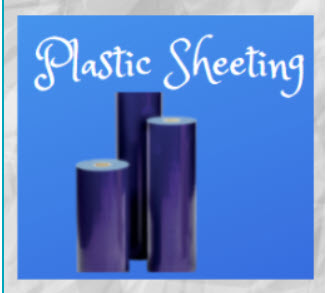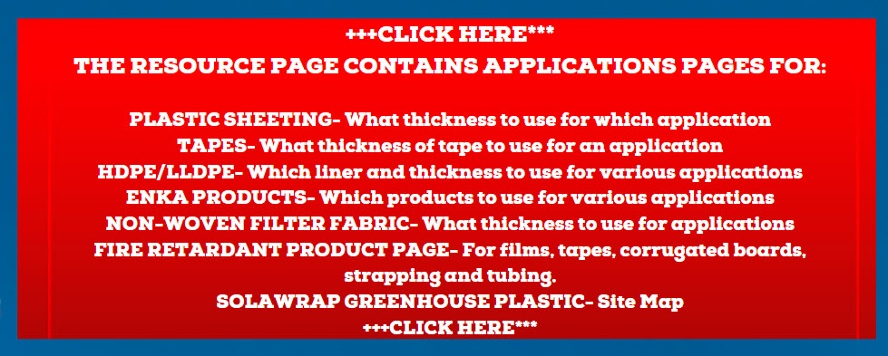Isn't all Plastic Sheeting Essentially The Same?

When it comes to selecting plastic sheeting for your project, one size does not fit all. Just as golf clubs are specific to the hole and distance of the shot, engineered plastic sheeting is tailored to the unique requirements of each application. In this comprehensive guide, we'll delve into the essential factors to consider when choosing the correct plastic sheeting and how making the right choice can save you time, money, and headaches in the long run.
-
What is the intended application?
Whether you're protecting surfaces during construction, creating a greenhouse, or insulating a crawl space, the intended application dictates the type of plastic sheeting you need. Each application has specific requirements for durability, thickness, and UV resistance.
-
What are the environmental conditions?
Consider the environmental factors that your plastic sheeting will be exposed to, such as temperature fluctuations, moisture levels, and exposure to sunlight. Certain plastics are better suited for outdoor use and can withstand harsh weather conditions, while others are designed for indoor applications.
-
What level of durability is required?
Evaluate the durability requirements of your project. For high-traffic areas or heavy-duty applications, you'll need a thicker and more robust plastic sheeting that can withstand wear and tear. Conversely, lighter-duty projects may require thinner and more flexible plastic sheeting.
-
Are there specific regulatory requirements?
Certain industries have regulatory standards that must be met regarding fire resistance, chemical compatibility, and environmental impact. Ensure that the plastic sheeting you choose complies with relevant regulations and standards to avoid costly fines or project delays.
-
What size and thickness do you need?
Consider the size and thickness of the plastic sheeting required for your project. Thicker sheets offer increased durability and protection, while thinner sheets are more flexible and easier to handle. Assess the dimensions of your project area to determine the appropriate size of plastic sheeting needed.
-
Do you need additional features or additives?
Depending on your application, you may require plastic sheeting with specific features or additives. For example, anti-static additives are essential for electronic manufacturing environments, while UV stabilizers are necessary for outdoor applications to prevent degradation from sunlight exposure.
-
How does the cost compare to the benefits?
While it may be tempting to opt for the cheapest plastic sheeting available, consider the long-term costs and benefits. Investing in higher-quality plastic sheeting upfront can save you money in the long run by reducing the need for frequent replacements and repairs. Additionally, choosing the right plastic sheeting for your application can prevent costly damage and downtime.
Conclusion: Choosing the correct plastic sheeting, also known as engineered plastic sheeting, is essential for the success of your project. By considering factors such as the intended application, environmental conditions, durability requirements, regulatory standards, size and thickness, additional features, and cost-benefit analysis, you can select the right plastic sheeting that meets your needs and saves you money in the long run. Remember, one size or type does not fit all applications, so take the time to evaluate your requirements carefully and invest in quality plastic sheeting for optimal results.



